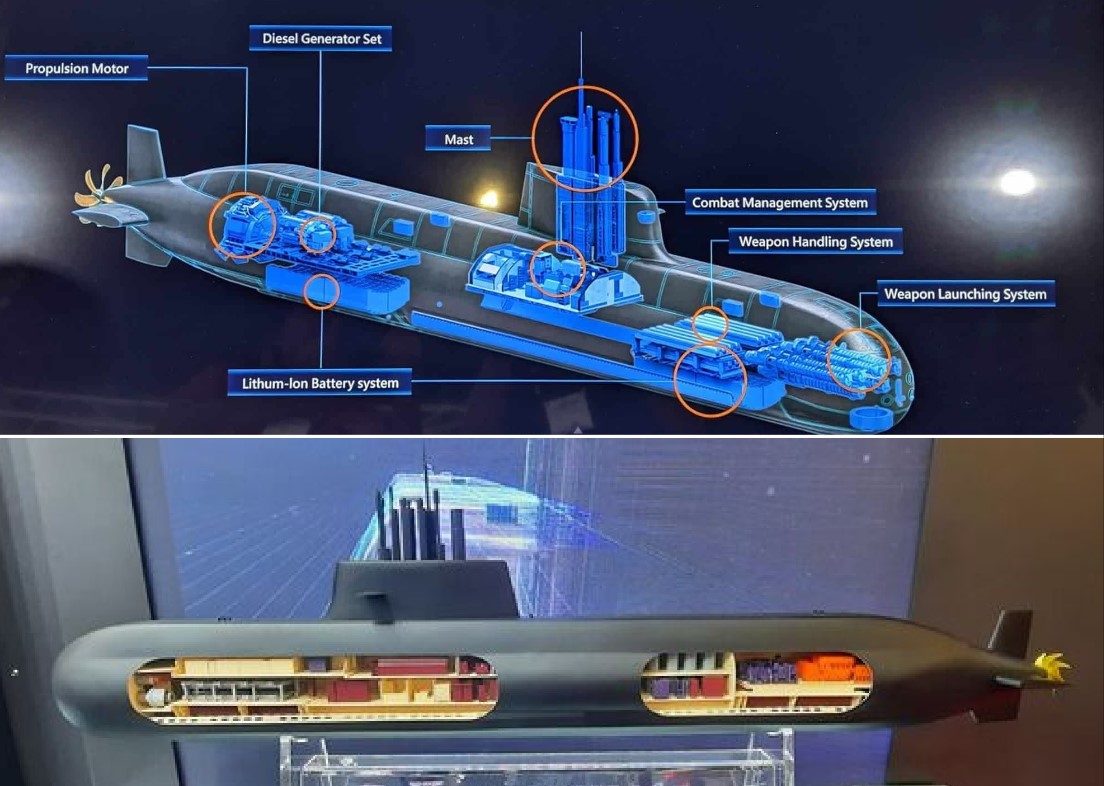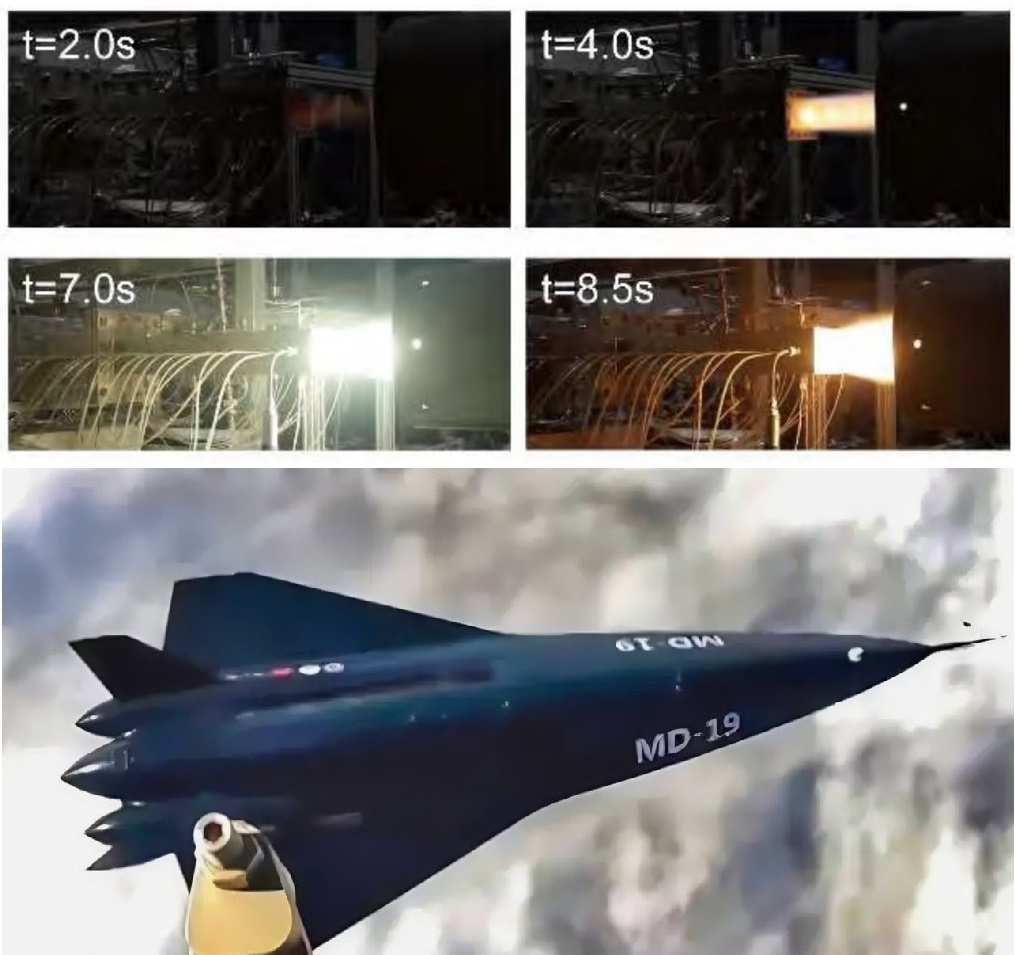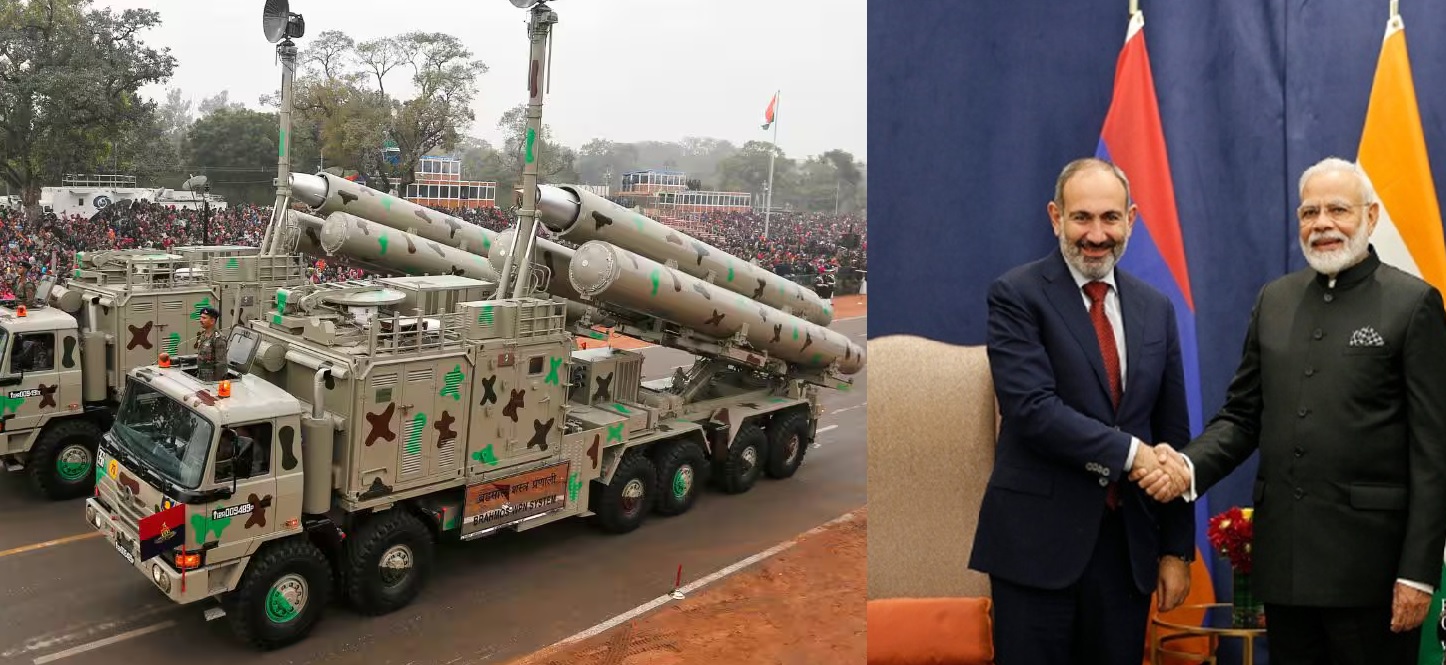Hanwha Ocean Offers KSS-III PN Submarines to the Philippines, Promising Full Technology Transfer

South Korean shipbuilder Hanwha Ocean has formally presented its offer to build KSS-III PN submarines for the Philippine Navy, marking a significant step in Manila’s long-awaited submarine acquisition program. The proposal was directly pitched to President Ferdinand Marcos Jr. on the sidelines of the Asia-Pacific Economic Cooperation (APEC) leaders’ meeting in Gyeongju on Saturday, according to the Presidential Communications Office (PCO).
Hanwha Ocean, formerly known as Daewoo Shipbuilding & Marine Engineering (DSME), outlined an extensive package that goes beyond merely supplying submarines. The company proposed to construct a dedicated submarine base, set up a local Maintenance, Repair, and Overhaul (MRO) center, and establish a comprehensive training program for Filipino naval personnel. This would include advanced simulators, operational systems, and on-site mentorship from Korean experts.
A Leap Toward a Self-Reliant Submarine Force
The proposed KSS-III PN is a derivative of South Korea’s KSS-III Batch II class, one of the most modern non-nuclear attack submarines in Asia. Displacing around 2,800 tons, it is designed for extended underwater endurance and enhanced stealth. The KSS-III series is South Korea’s first fully indigenous submarine class, equipped with advanced combat management systems, modern sonar arrays, and lithium-ion batteries—a feature that provides significantly longer submerged operation time compared to traditional lead-acid batteries.
The submarine’s Air-Independent Propulsion (AIP) system allows it to remain underwater for more than 20 days without surfacing, a critical advantage in surveillance and deterrence missions across the South China Sea. The KSS-III PN variant would likely incorporate South Korean Hyunmoo-4-4 cruise missile capability or export-compliant equivalents, depending on Manila’s operational requirements.
Competing Offers and Strategic Choices
Hanwha Ocean’s bid faces fierce competition from major European defense companies. France’s Naval Group is offering its Scorpène-class submarines, already in service with the Indian, Brazilian, and Malaysian navies. Spain’s Navantia is pitching the S-80PN, a larger design with an advanced AIP system. Meanwhile, Italy’s Fincantieri, in collaboration with Germany’s Thyssenkrupp Marine Systems (TKMS), has proposed the Type U212 Near Future Submarine (NFS) — a design boasting low acoustic signatures and extensive automation.
Industry observers note that Hanwha’s edge lies in its comprehensive technology transfer and industrial partnership plan. By offering local MRO facilities and training, Hanwha aims to align with the Philippines’ Self-Reliant Defense Posture (SRDP) initiative, which prioritizes domestic capacity-building in defense manufacturing and logistics.
Budget, Vision, and National Defense Priorities
The Philippines remains one of the few Southeast Asian nations without a submarine fleet, a gap that the Marcos administration is eager to address. The acquisition is part of Horizon 3 of the Armed Forces of the Philippines (AFP) Modernization Program, which envisions the procurement of at least two submarines in the near term.
AFP Chief of Staff Gen. Romeo Brawner Jr. earlier described the move as essential to defending the nation’s maritime borders.
“It’s a dream for us to get at least two submarines,” Brawner said. “We are an archipelago, so we need this kind of capability because it’s really difficult to defend the entire archipelago without submarines.”
The Marcos administration has committed to allocating around ₱2 trillion (approximately US$35 billion) over the next decade for overall defense modernization. While the submarine program’s exact budget remains undisclosed, defense analysts estimate it could range between US$1.2 billion and US$1.8 billion for two units, depending on system configurations and training infrastructure.
Strategic Implications
If accepted, Hanwha Ocean’s offer could mark a strategic milestone in Philippine-Korean defense relations, following the successful delivery of FA-50 light combat aircraft and ongoing naval projects. The deal would also deepen Manila’s alignment with Seoul at a time of rising tensions in the South China Sea and increasing emphasis on regional maritime deterrence.
For South Korea, securing the contract would reinforce its growing status as a leading global defense exporter, adding another regional partner to its expanding submarine customer base.
As deliberations continue, the Philippine Navy’s Submarine Acquisition Project Management Team (SAPMT) is expected to finalize its recommendations by mid-2025, paving the way for Manila’s first step toward achieving a true underwater defense capability.
✍️ This article is written by the team of The Defense News.






